Blog
Blog
Dancing Longer: Safe and effective dance practice to optimize performance, and minimize injury risk
Author: Edel Quin on behalf of the IADMS Education Committee
This is the third installment on the topic of dance injury on the IADMS blog. Elsa began by introducing us to injuries and injury management in dance, highlighting some great examples of specialized and tailored injury care for dancers in the UK (National Institute of Dance Medicine and Science) and the USA (Harkness Center for Dance Injury). This was followed up by Stephanie’s post on multi-disciplinary screening programmes as a means of highlighting “any concerns with regards to health, injury risk or mental and physical capabilities” and also the potential role of screening as an educational tool in contributing towards injury prevention. As the next contributor in this series, I focus on minimizing injury risk from the perspective of safe and effective dance principles as applied to dance teaching and dance making.
Read ArticleInjury Prevention: Screening as a tool for education
Author: Stephanie De’Ath on behalf of the IADMS Education Committee
Screening is often used for pre-entry to a school or company to highlight any concerns with regards to health, injury risk or mental and physical capabilities. Although research suggests that protocols should, where possible, be carried out by a physiotherapist or dance science professional there are some protocols that can be adopted by schools or companies with limited resources to at least complete some of the tests for educative purposes. Although not widely used as an educative tool, screening provides a great opportunity for dancers to learn more about their bodies, optimise performance and identify injury risk. By addressing the weaknesses or concerns which arise as a result of the screen, a programme of activity can be developed to compliment training and reduce the likelihood of injury. As a member of Trinity Laban's screening team for the past four years, in this post I will explore how screening can contribute to injury prevention from an educational perspective.
Read ArticleAlignment of the leg and its impact on the dancer's knee: Clips from the 2014 Annual Meeting
Presented by: Liane Simmel
Over the last decade as more and more acrobatic movements invaded the various dance styles, the strain on the dancer’s knees has largely increased. Training on hard, inappropriate floors or dancing choreographies in high heels can add even more problems. Pirouettes on the knees, knee drops, and even a plié in fourth position require particular leg stability and optimal mobility in the knee. But dancers often pay little attention to their knees. They are seldom specifically warmed up, directly trained or used consciously in everyday life. Nonetheless, their functionality is a top priority if dancers’ knees are to be kept fit and healthy.
Read ArticleAn Introduction to Dance Injury
Author: Elsa Urmston on behalf of the IADMS Education Committee
Well, it’s the moment that all dancers and their teachers dread. Sustaining an injury in dance can be at best, a ‘momentary’ interruption to dance training and performance, at worst a career-ending catastrophe. Thankfully, dance medicine and science colleagues have produced a vast range of conditioning and injury prevention strategies to enable dancers to be stronger and ever more versatile, as well as take ownership over injury if, as and when it might occur. Yet of course, by just looking at the repertoire of our modern dance and ballet companies, we can see that choreographers and audiences have increased their expectations of what the human body can achieve. Injury remains a very real possibility.
Read ArticleBeyond Ballet: Why and How? A Conference Report
Author: Erin Sanchez on behalf of the IADMS Education Committee
On April 16-18th, ArtEZ School of Dance and Balettakademien Stockholm presented BEYOND ballet why and how, a conference "initiated by education, partnered by the dance profession" in Arnhem, the Netherlands. BEYOND's name alludes to the success of the event's predecessor in Stockholm in 2012; Ballet: Why and How?, which focused on ballet technique and its role in professional vocational training for dancers. This year's conference took on the future of dance with a wider view of dance education, training and professional life through five themes: Educational, Artistic, Urban, Preservation and Medicine and Science. Topics were progressively developed over three days through a series of linked lectures, workshops and practical classes, panel and research discussions, and time for open dialogue and debate.
Read ArticleIADMS Education in Motion: A member reports on a Pre-Pointe Education Workshop in New Zealand
Author: Esther Juon Veitch
IADMS is an international organization, and our reach is truly international. In addition to annual conferences and regional workshops, our members are taking the information from dance medicine and science to the most important venues—private studios in small towns, where the application of the information can make a difference for the young dancers and their teachers. This report from Esther Juon describes such an event.
Read ArticleTring Park and IADMS present: Building a Dancer
Author: Sarah Beck
On Sunday 10th May 2015 Tring Park School for the Performing Arts, UK, hosted a one day Professional Development Conference for dance teachers, in association with IADMS, entitled: Building a Dancer. An enthusiastic group of dance teachers, ranging from those working with professional and vocational dancers to grass roots community dance schools, gathered together to learn and discuss.
Read ArticleMaintaining Correct Alignment When Training Positions Retiré or Passé - (to withdraw or to pass)
Author: Maggie Lorraine on behalf of the IADMS Education Committee
In the last post from the IADMS Education Committee “Dancing with the pelvis” the authors focused on pelvic alignment and its relevance to movement execution in the studio. When reading this post on the retiré position, it would be useful to refer back to information posted on previous IADMS posts, as each new post now reinforces the anatomical truths that guide us as teachers. To quote Clara Fischer and Elsa Urmston,“We have all learned from experience: proper alignment is one of the basic building blocks for achieving the aesthetic line and form required for dance technique.”
Read Article5 Questions With Amanda Clark
Our next featured member in the “5 Questions With…” column is our Student Committee Chair, Amanda Clark. Her areas of interest include dancer wellness, health, and education. Amanda will be graduating from Case Western Reserve University with an MFA in Contemporary Dance this May.
Read ArticleDancer Wellness: Power, Empower and Educate! Mid-Atlantic IADMS Regional Conference
Authors: Janine Bryant and Gayanne Grossman
On April 26th members of IADMS held their first Mid-Atlantic Regional Conference entitled Power, Empower and Educate! at DeSales University in Center Valley, Pennsylvania, USA.
Read Article
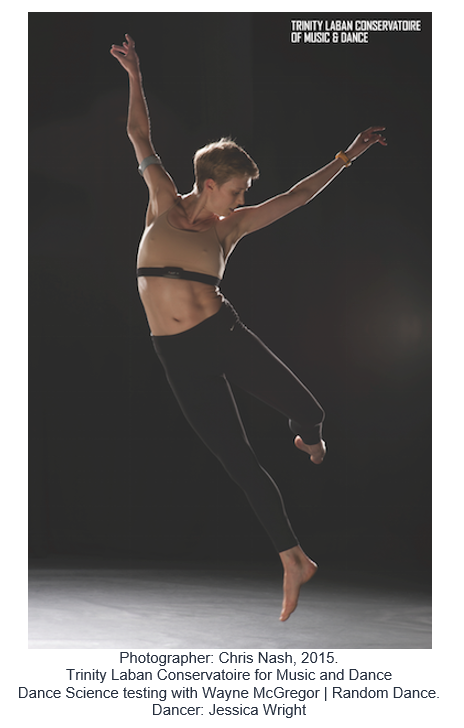

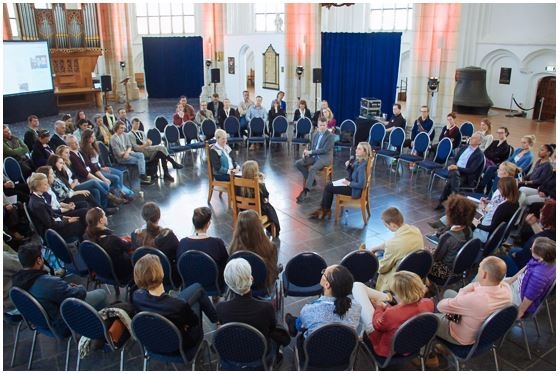
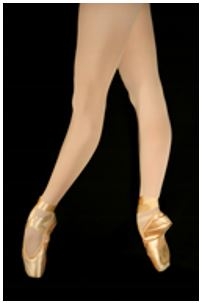
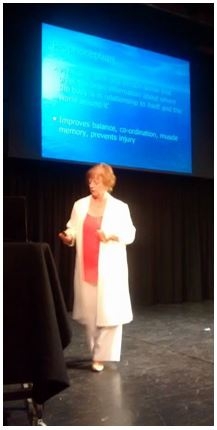
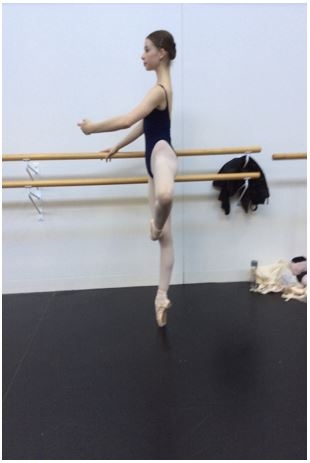

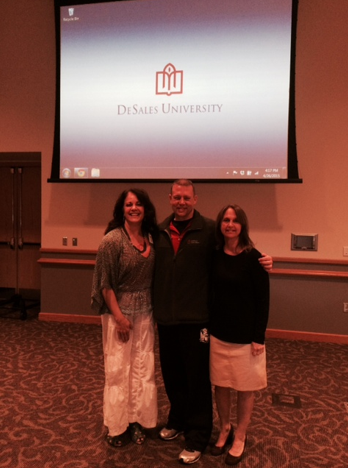
 BACK
BACK